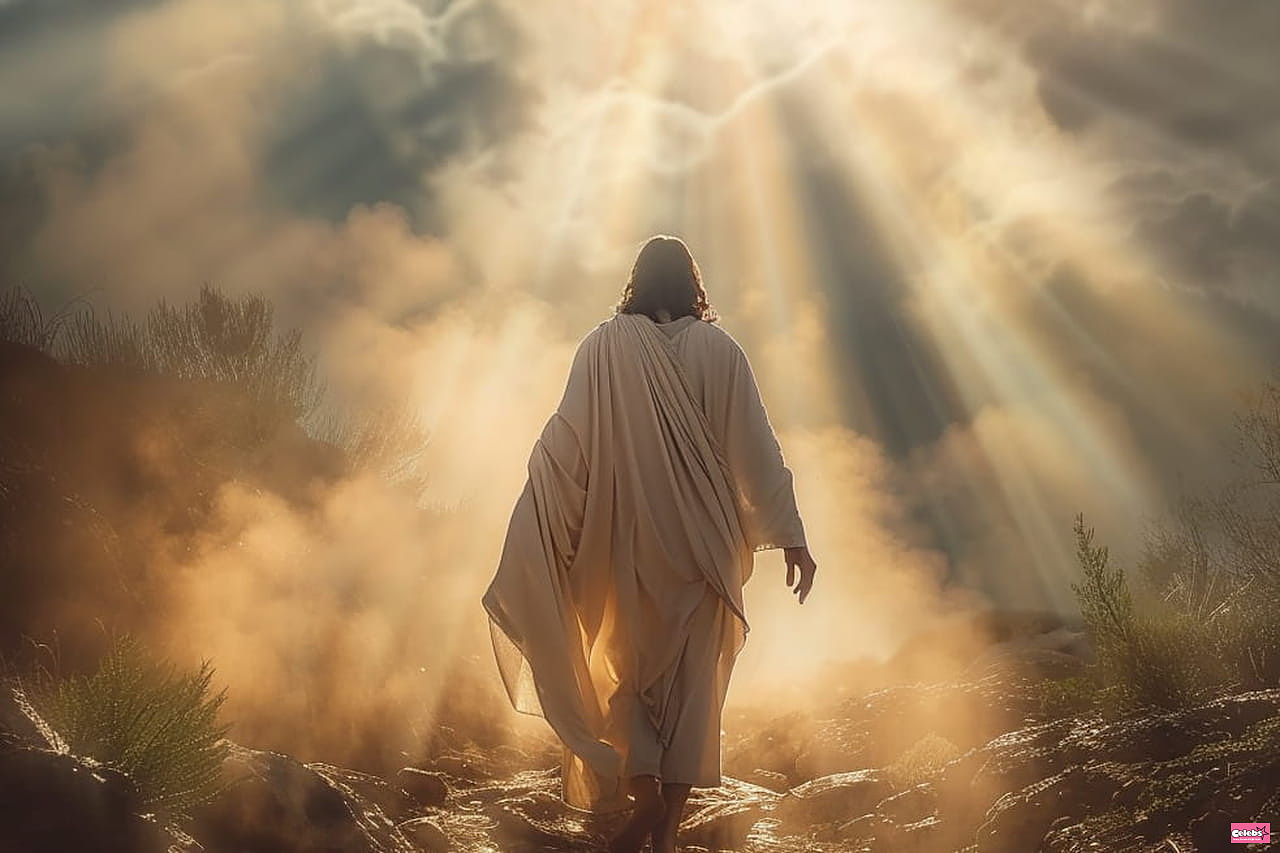Easter celebrates the Resurrection of Jesus Christ among Christians. Historians have studied this belief closely and are troubled by certain elements.
Easter, which falls this Sunday, March 31, is a very important holiday for Christians. It symbolizes the Resurrection of Jesus Christ, a fundamental belief which affirms that the son of God returned to life, after his death on the cross, for the redemption of humanity by appearing near his disciples and apostles. Is the Resurrection of Christ exclusively a matter of belief, of symbol, or does it have an element of historical reality?
Camille Focant, theologian, believes in his work Le Ressucité (Le Cerf, March 2024) that this does not relate to verifiable facts and therefore not to historical science strictly speaking, in particular on the notion of immortality. However, certain facts accepted by historians support this belief. Lee Strobel, an investigative journalist and pastor, cited several questioning historical elements in The Case for Christ (Vida, February 2018). First of all, we must keep in mind that all historians working on Christianity recognize that Jesus did exist, even if an obvious mystery still hovers around his life. Roman writings, but also Jewish ones, mention its existence very clearly. Jesus of Nazareth would have attracted the suspicion of political and religious authorities, which is why he would have been arrested and condemned.
Some historians consider it likely that the tomb of Jesus would have been found and identified. And credible testimonies suggest that it was found empty. The Holy Women reportedly found no body in his tomb even though they checked shortly after his death. Another hypothesis considered seriously: the tomb would also have been guarded by soldiers, making it difficult to steal the body. There have been no contradictory testimonies confirming the presence of a body in the tomb.
Philosopher and expert on the subject William Lane Craig considers in Reasonable Faith (Crossway, 2008) that “the empty tomb of Jesus is today classified as a generally accepted fact about the historical Jesus.” Nevertheless, the theologian Raymond Edward Brown, in 101 questions about the Bible and their answers (Le Cerf, June 2016), judges for his part - and this is obvious - that the absence of a body cannot prove the version biblical: "The empty tomb does not prove the Resurrection; it is the Resurrection which has become the classic explanation for the disappearance of the body", he decides.
Historians also recall in their work the stories of those who saw Christ return, with the necessary scientific distance. One testimony was particularly striking: that of Saint-Paul. A former enemy of Christianity, the latter listed six appearances of the resurrected man and denied any possible hallucinations. The Gospels did not envisage the return of Christ and therefore could not have imagined that he would return. If all these facts remain interpretable, the Resurrection of Christ has historical significance because of its inscription in a key moment in history (it has a place and a date), and because it shook up History by becoming the one of the foundations of the Christian religion.











